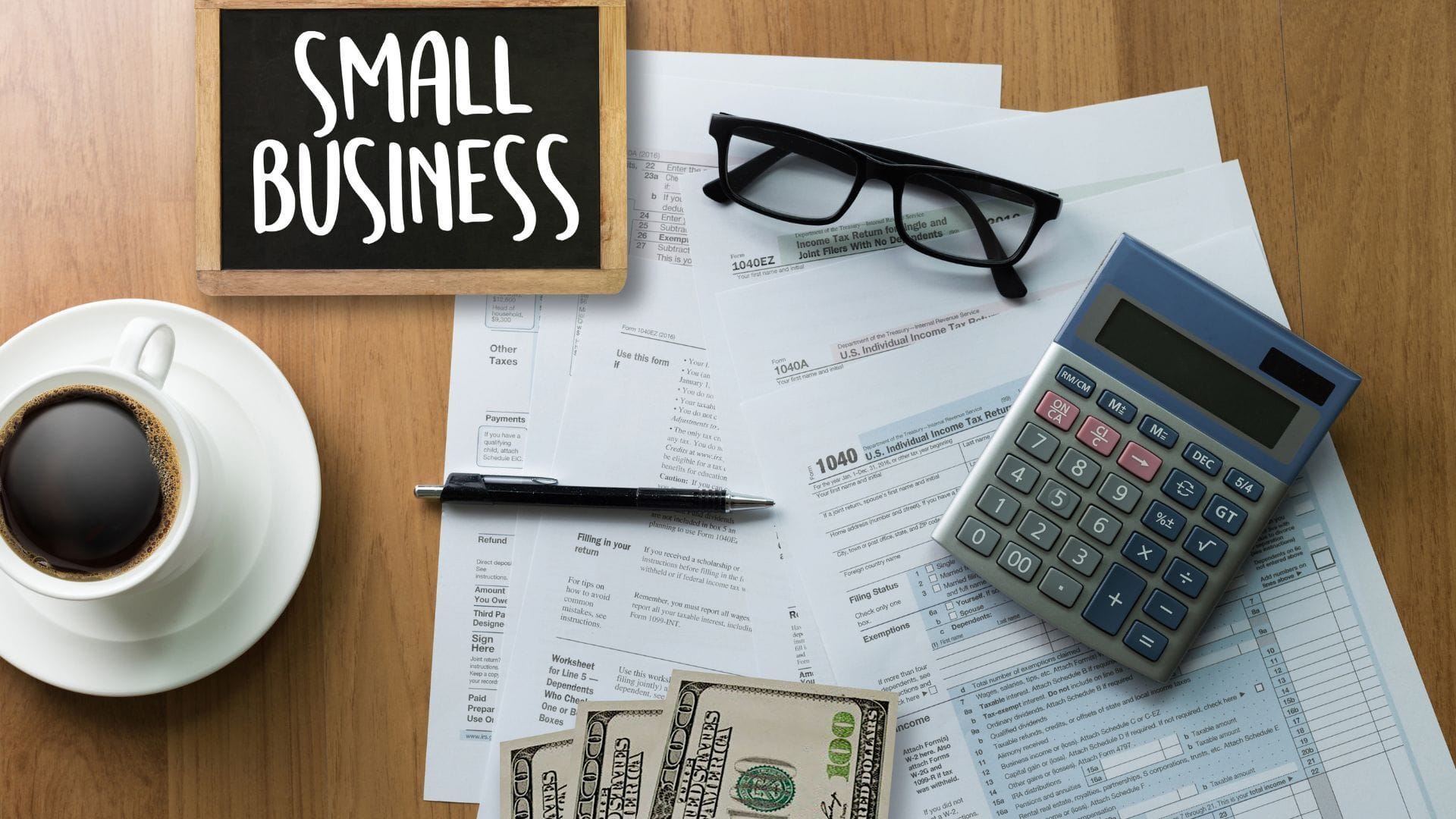When valuing a small business is not an exact science, there is a specific method to get a general understanding of what a business is worth. The most common methods used to value small businesses are the income approach, the market approach, and the assets approach. Income Approach The income approach values a business based on its expected future economic benefits. This method is frequently used when valuing businesses that earn a steady income from their operations. Market Approach The market approach values a business based on its sale price in the open market. This method is often used when valuing businesses with no steady income stream from their operations. Assets Approach The assets approach values a business based on the fair market value of its assets. This method is often used when valuing businesses with few or no operating revenues.
Why do we need to value small businesses?
Small businesses are the backbone of the economy in the country, accounting for two-thirds of all new jobs created in the United States.
In addition to providing jobs, small businesses also help to drive innovation and competition in the marketplace. They are frequently the first to develop new products or services and bring them to market.
Small businesses also play an essential role in supporting local communities. They provide goods and services that improve residents’ quality of life and help make neighborhoods more vibrant places to live.
And finally, small businesses contribute to the economy in a way that is disproportionate to their size. They create more than half of the country’s Gross Domestic Product (GDP), even though they account for less than half of all business revenues.
So why do we need to value a small business? Because they are essential to our economy and our way of life.
Asset Method
The asset method is a small business valuation method that values a business based on the fair market value of its assets. This method is often used in businesses with many physical assets, such as manufacturing businesses. To calculate the value of a business using the asset method, you would add up the fair market value of all of the business’s assets and then subtract any debts or liabilities.
Revenue Method
The revenue method is a small business valuation method that looks at the company’s top-line revenue. The company’s value is based on its current and future sales. The revenue method is often used when valuing companies in their early stages of growth. This is because it is difficult to value these companies using other methods, such as the asset or earnings approach.
To value a company using the revenue method, you will need to forecast the company’s future sales. This can be done using market analysis, trends, and financial analysis of the company’s historical sales. Once you have a forecast for the company’s sales, you can then apply a multiple to this figure to arrive at a valuation for the company.
This multiple will vary depending on factors such as the industry, growth potential, and risk involved. For example, a high-growth tech startup usually fetches a higher multiple than a more mature small business in a slower-growing industry.
The revenue method is not without its criticisms, however. One criticism is that it relies heavily on assumptions about the company’s future sales. This means that there is much room for error in the valuation. Another criticism is that it does not consider factors such as profitability or cash flow, which can be essential value indicators.
Multiple Earnings Method
The multiple earnings method is one of the most commonly used small business valuation methods. This method is based on the premise that a company is worth a multiple of its earnings. The multiple can be based on historical earnings, future earnings, or a combination of both.
There are several different ways to calculate a company’s multiple earnings. The most common way is to use the price-to-earnings (P/E) ratio. This ratio is calculated by dividing the market value of a company’s stock by its earnings per share (EPS). For example, if a company has a market value of $100 million and an EPS of $10, its P/E ratio would be 10.
Another way to calculate a company’s multiple earnings is to use the price-to-sales (P/S) ratio. This ratio is calculated by dividing the market value of a company’s stock by its sales per share (SPS). For example, if a company has a market value of $100 million and an SPS of $10, its P/S ratio would be 10.
The multiple earnings method is a popular small business valuation method because it is relatively easy to calculate and provides insight into how the market values similar companies. However, there are some drawbacks to this method. One drawback is that it does not consider debt or intangible assets (such as patents or trademarks). As such, this method should be used in conjunction.
Discounted Cash Flow Method
The Discounted Cash Flow (DCF) Method is a frequently valuation technique for small businesses. The DCF method discounts the future cash flows of a business to present value, using a discount rate that shows the riskiness of the cash flows.
This blog article will discuss the DCF method in more detail, including its pros and cons.

